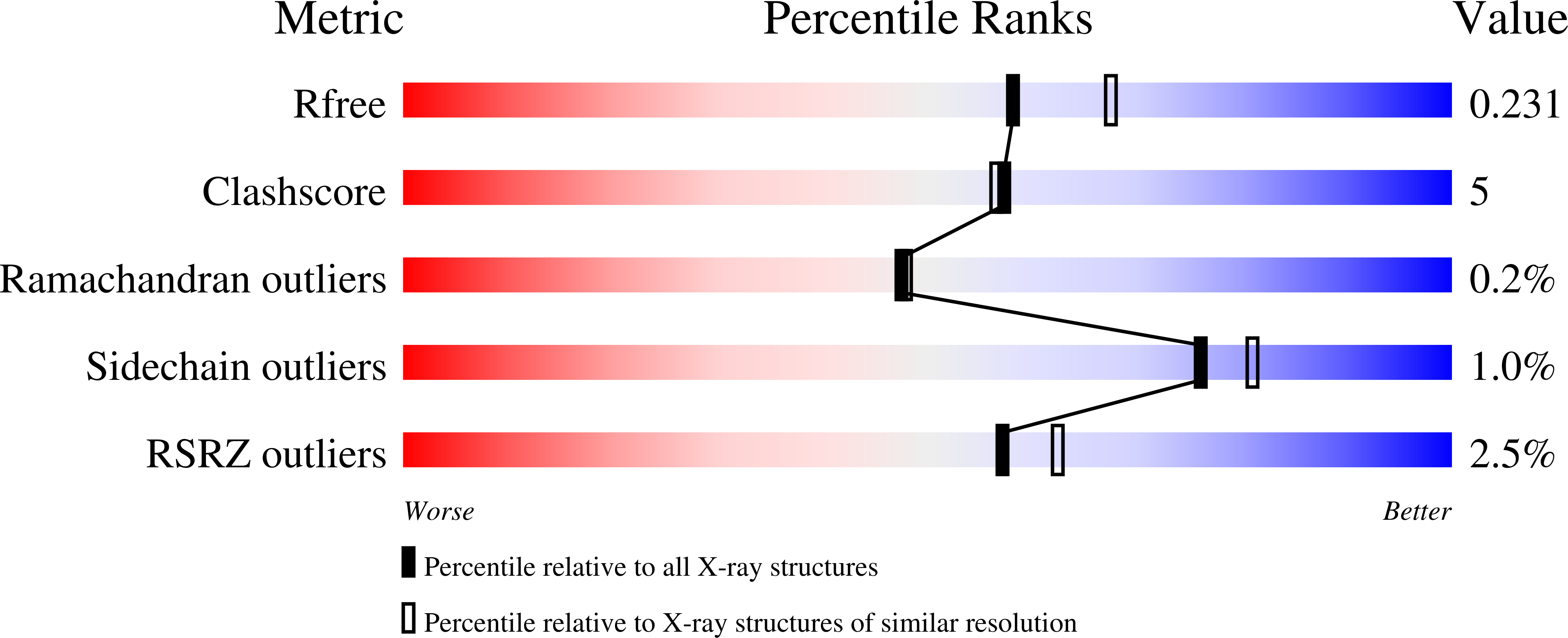
Deposition Date
2021-08-13
Release Date
2021-11-24
Last Version Date
2023-10-18
Entry Detail
PDB ID:
7RTQ
Keywords:
Title:
Sterol 14alpha demethylase (CYP51) from Naegleria fowleri in complex with an inhibitor R)-N-(1-(3,4'-difluorobiphenyl-4-yl)-2-(1H-imidazol-1-yl)ethyl)-4-(5-phenyl-1,3,4-oxadiazol-2-yl)benzamide
Biological Source:
Source Organism:
Naegleria fowleri (Taxon ID: 5763)
Host Organism:
Method Details:
Experimental Method:
Resolution:
2.11 Å
R-Value Free:
0.23
R-Value Work:
0.21
R-Value Observed:
0.21
Space Group:
P 1


